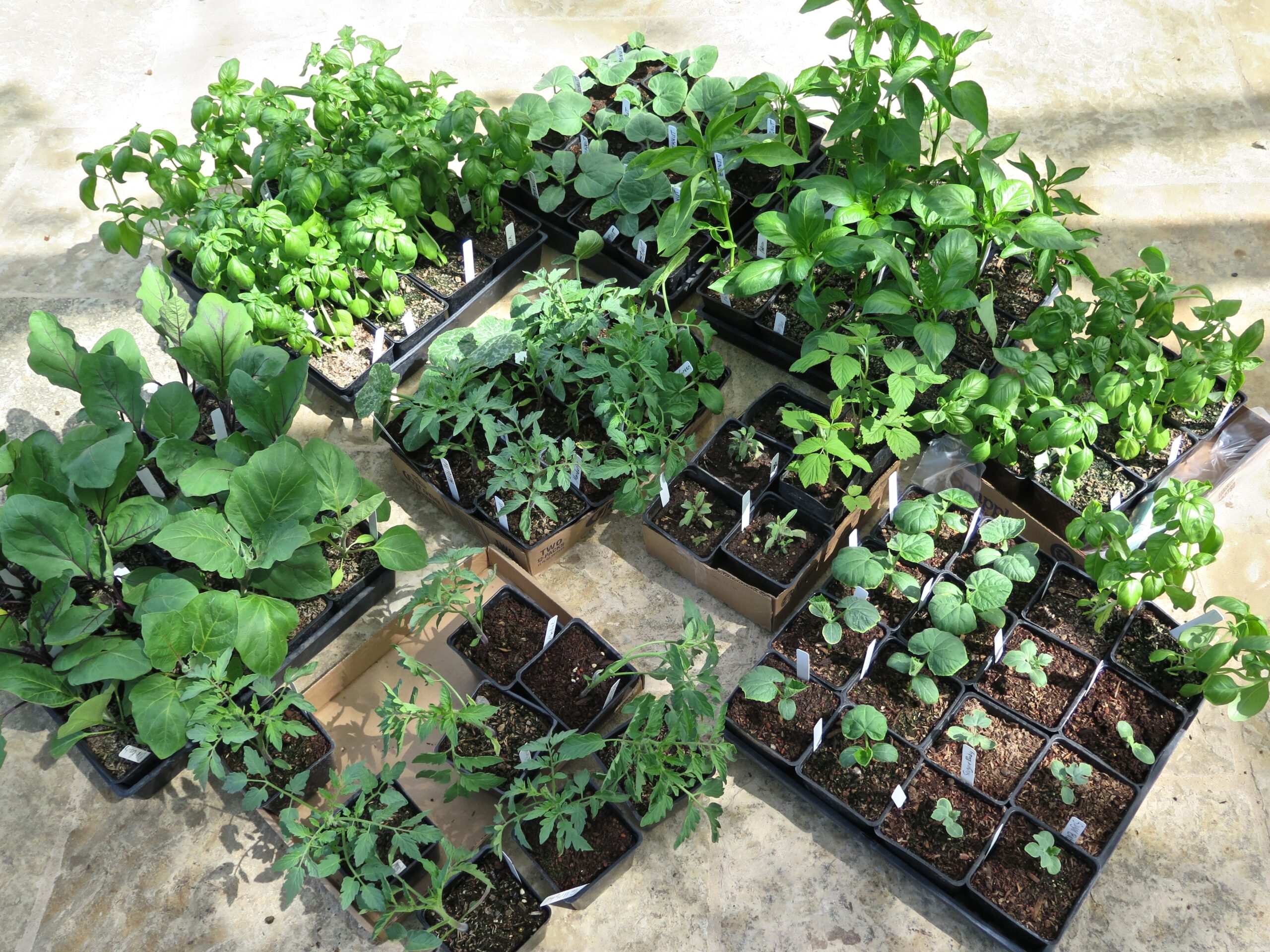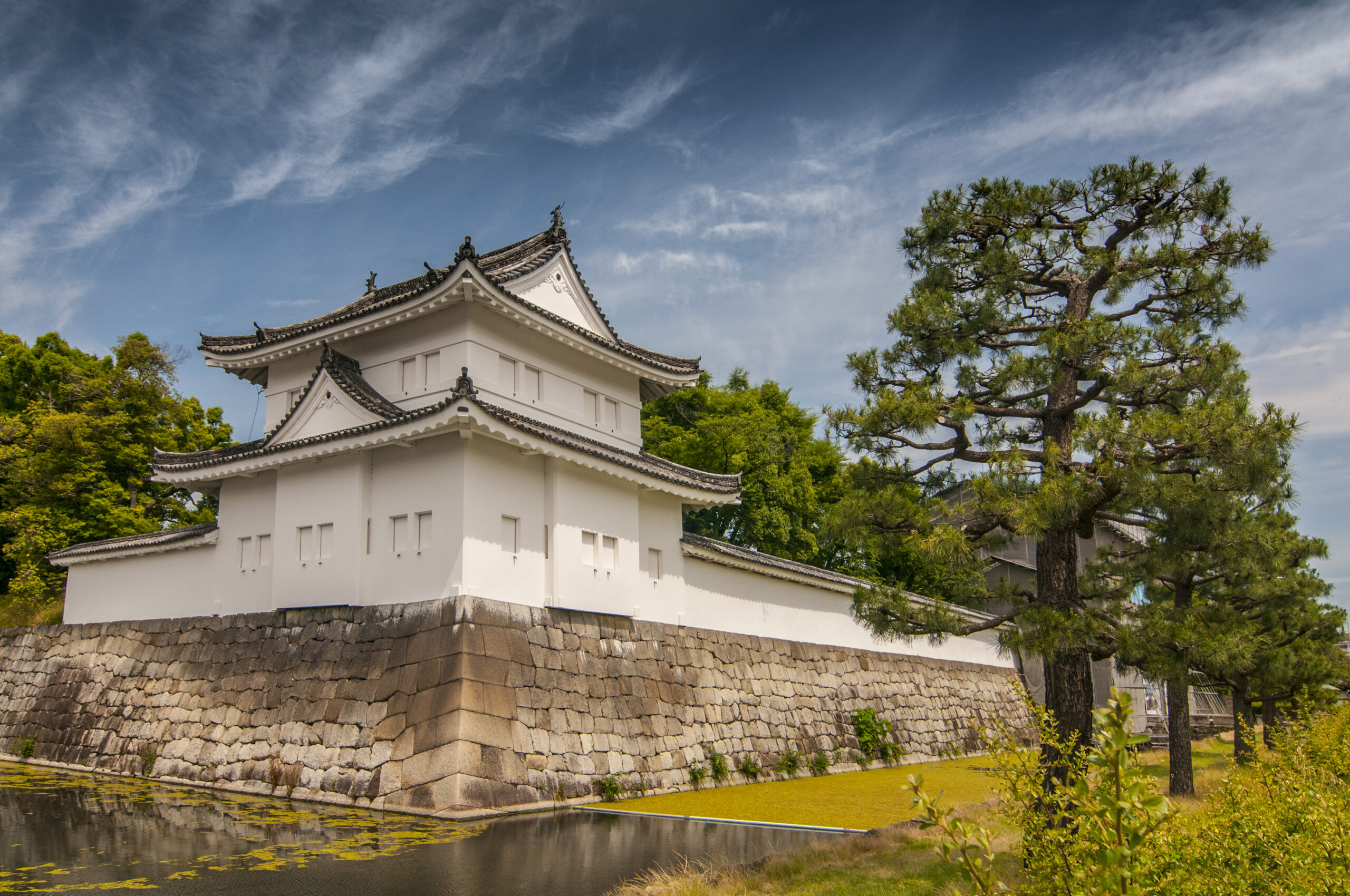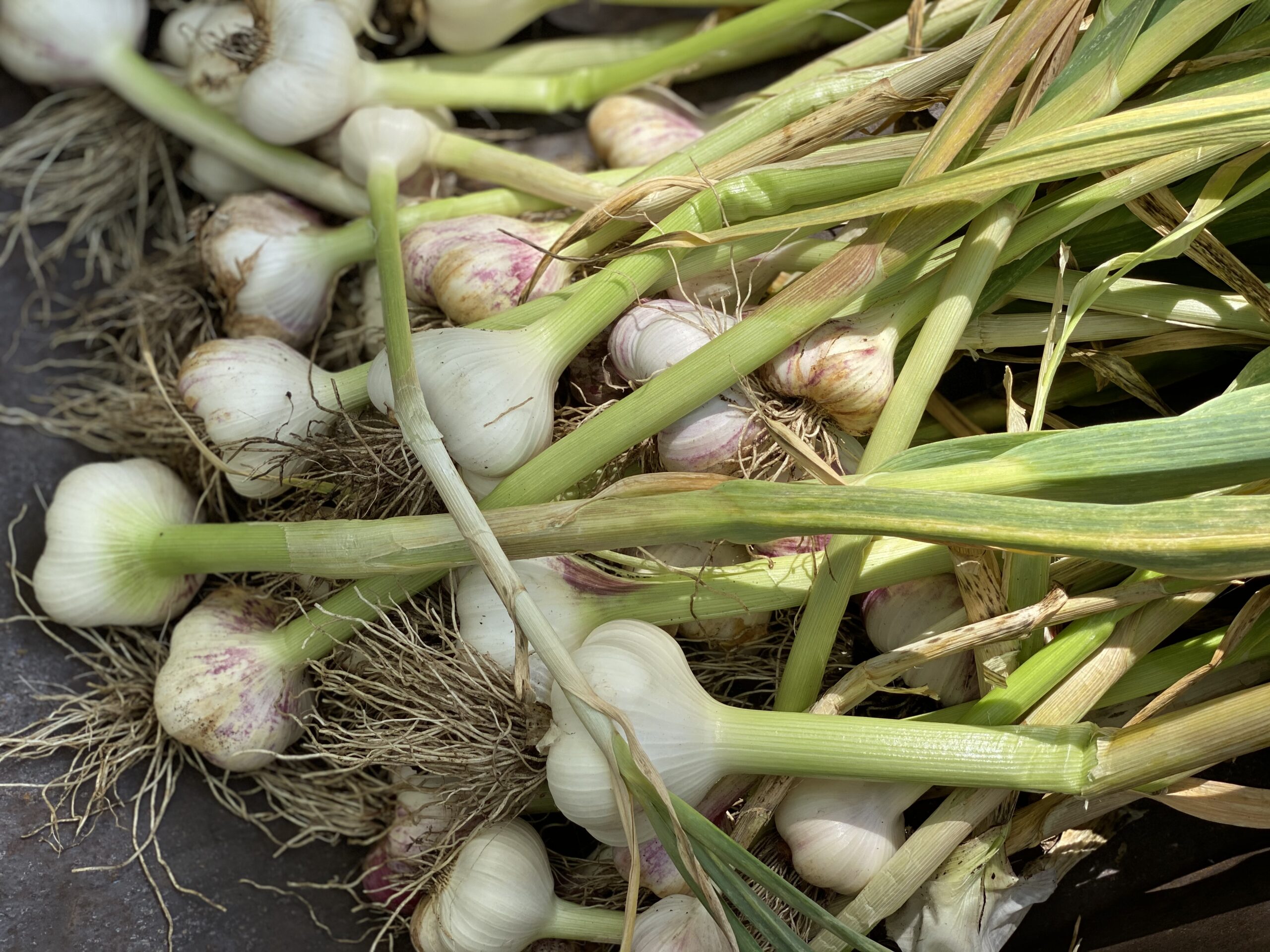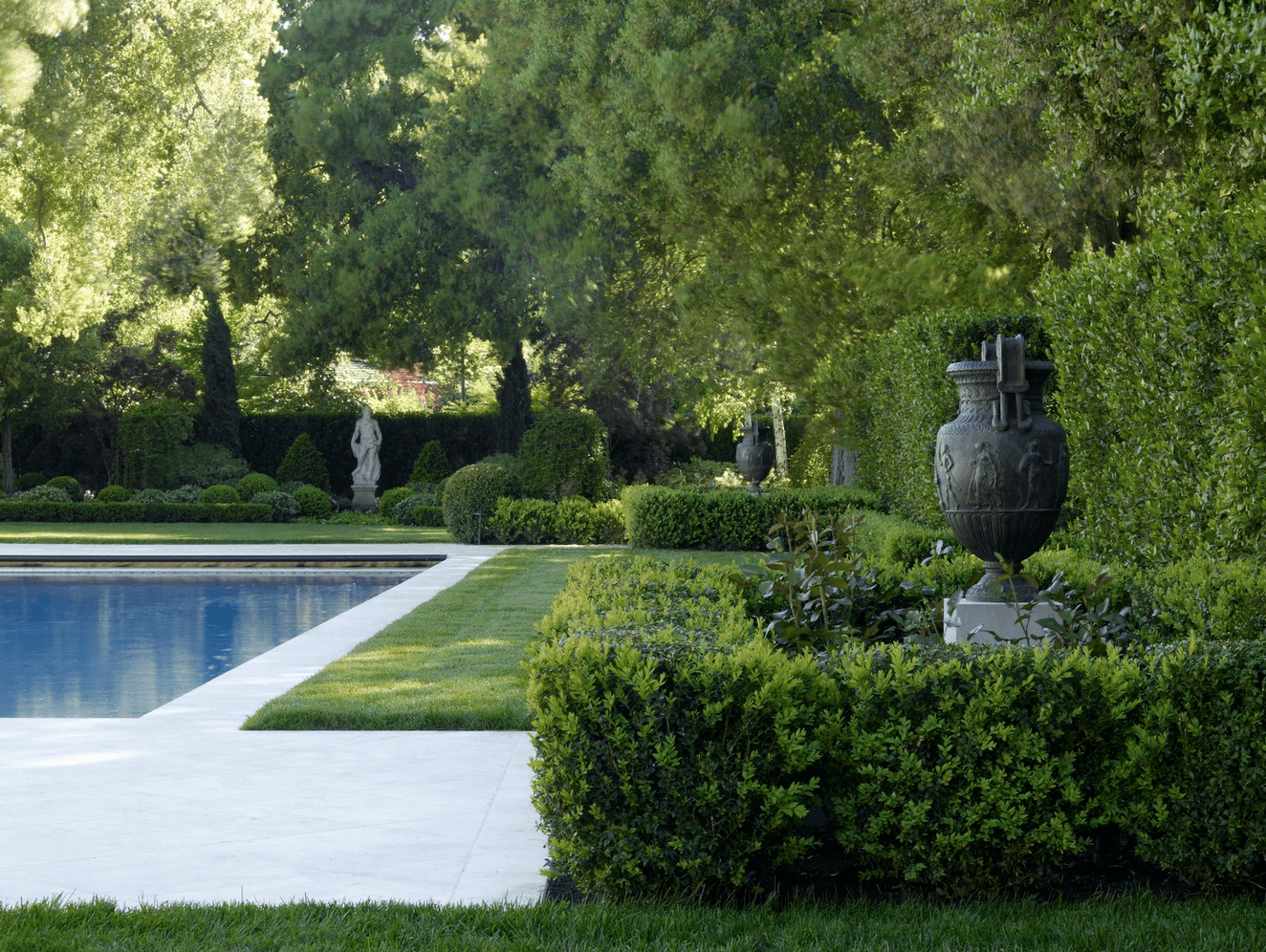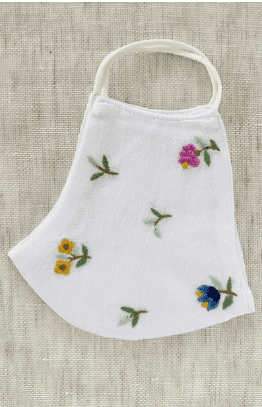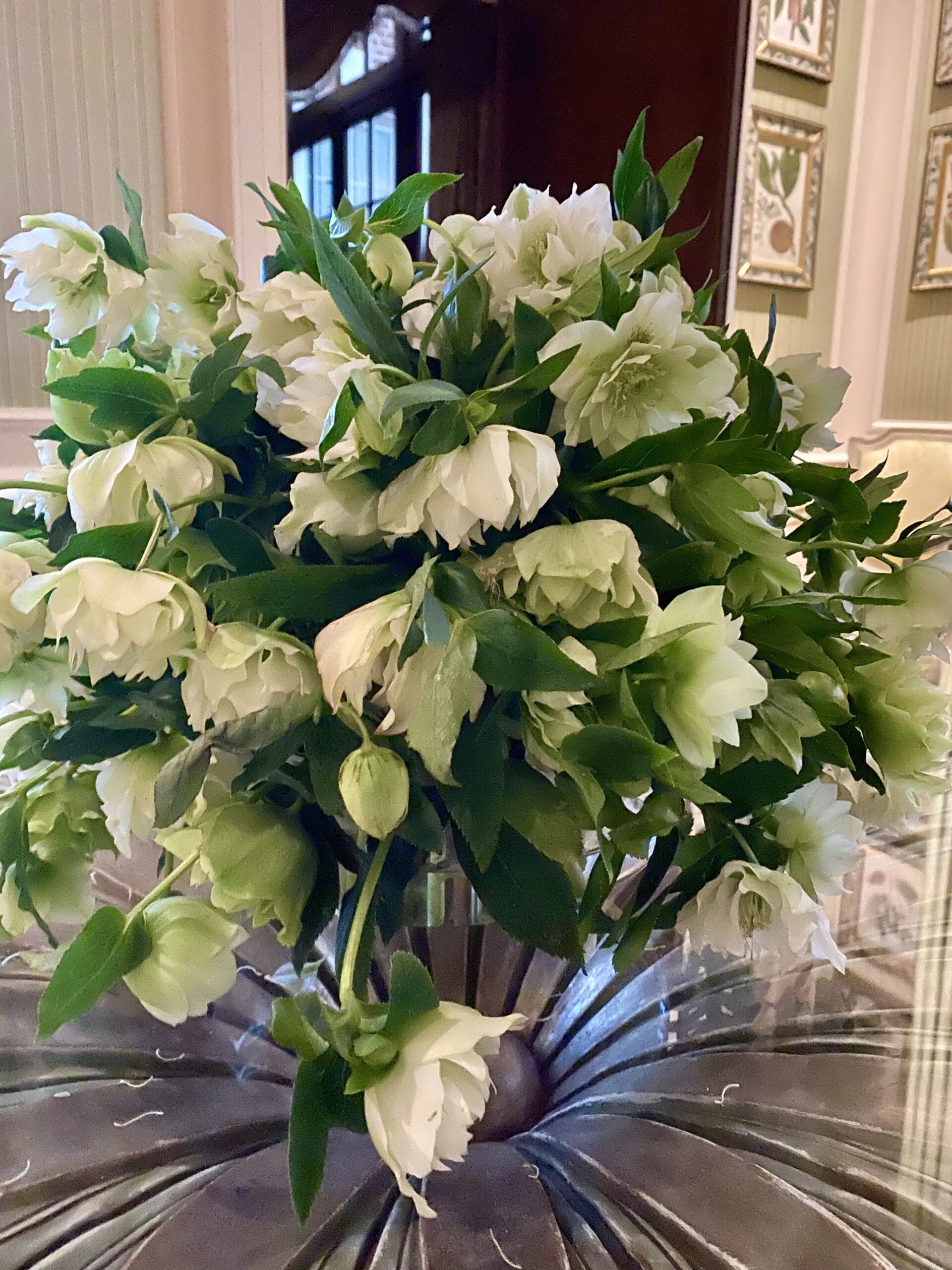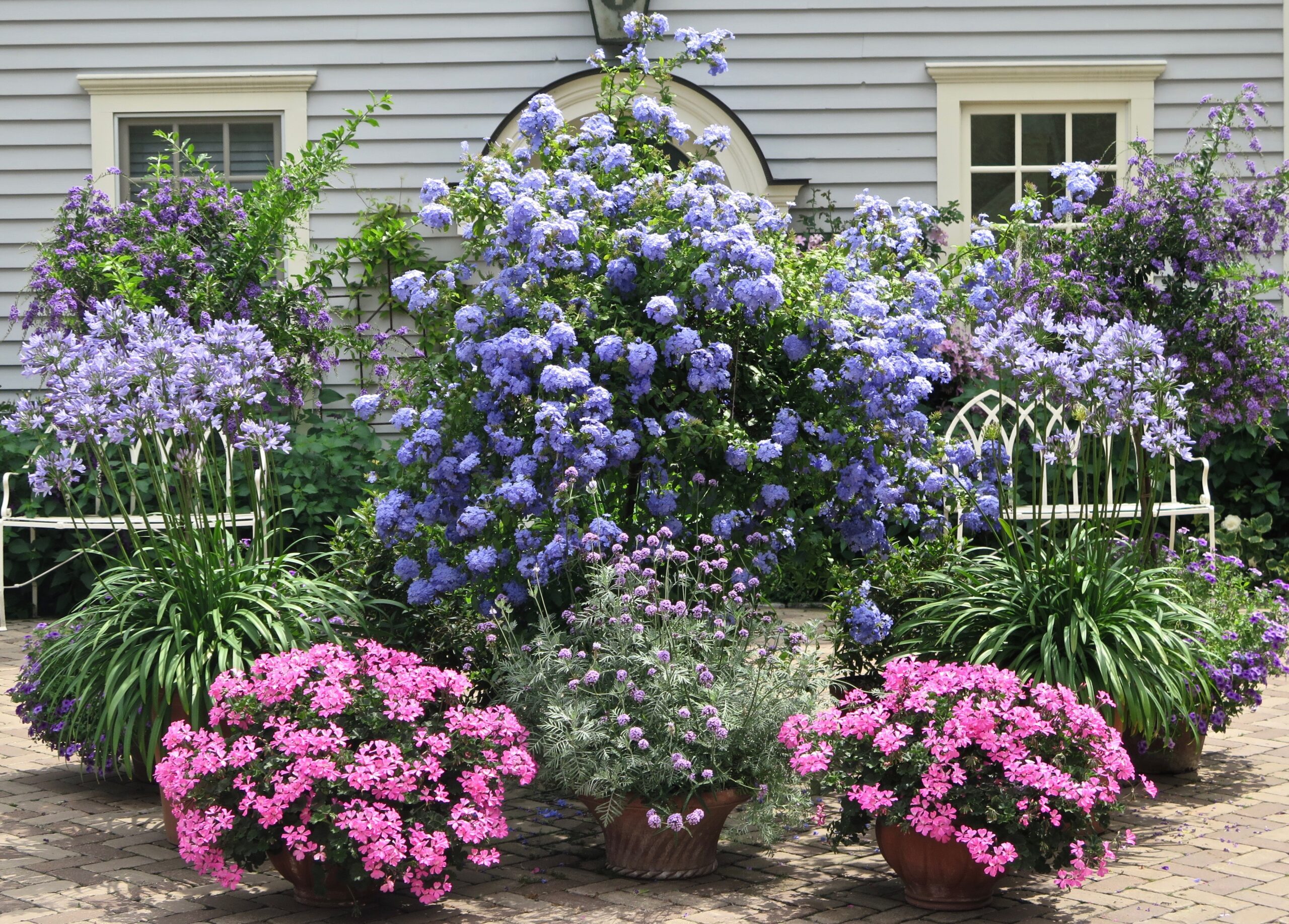My favorite garden moment of the year is when I plant my vegetable boxes for the spring, summer and fall. It requires a review of what I planted last year and what I wish to plant this year. It means a visit to Forni-Brown to get my starts and seeds, and Van Winden to get my lettuces. I have to review what I planted in which boxes last year, so I can rotate my crops (not put the same plants in the same boxes). And it requires a little restraint and realism to not over-buy for my available space.
I’ve already prepared the soil for planting, by giving my beds a break from the hectic production schedule last year, growing red clover as a cover crop during the winter months (to add nitrogen to the soil) and topping off my beds with a soil + compost mixture from Grab ‘N’ Grow.
Here is what I’m planting this year:
Boxes 1 and 2: Lettuces. I like these two boxes for lettuces because it gets partial shade in the morning and at the end of the day. As the summer heats up, lettuce has difficulty in my boxes surviving direct sun. That’s why I usually plant my first lettuce in January when it’s a little cooler so I can enjoy it before the weather heats up in May and June. This year I planted Lolla Rosa, Red Sails, Salad Bowl Green, Arugula Roquette, Red Leaf and Merveille des Quatre Saisons. I looked for Simpson Elite – a chartreuse-colored favorite – but couldn’t find it anywhere. I tried Bibb lettuce a month ago but found the leaves too tough to be tasty. So I’ve temporarily skipped Bibb until I figure out what went wrong.
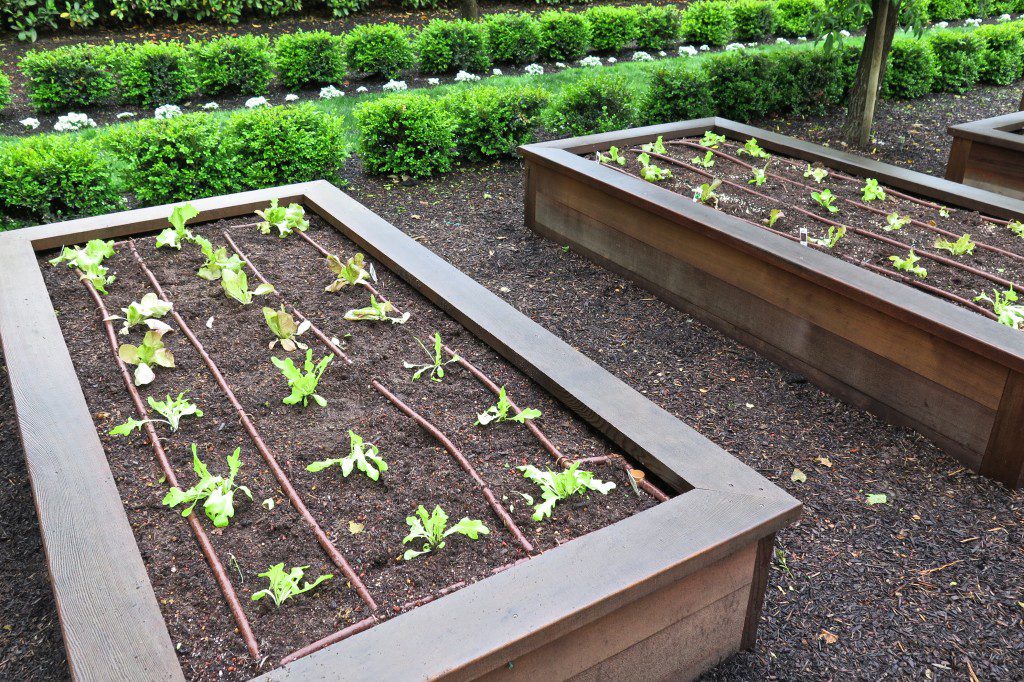

Box 3: Beets. I planted two varieties this year – the same two I planted last year: Bull’s Blood and Detroit Dark Red. Both were successful and delicious, so why change? The thing about beets that I learned last year is that when you buy beet starters, you need to split each plant up into about 4 or 5 different plants. If you plant the entire starter without breaking it up into individual plants, you’ll end up with too many crowded beets, which will limit the growth of each beet. I also discovered that they don’t love direct sun, so I put them in my small box which is situated under a peach tree, which provides shade in the afternoon. They love that spot.
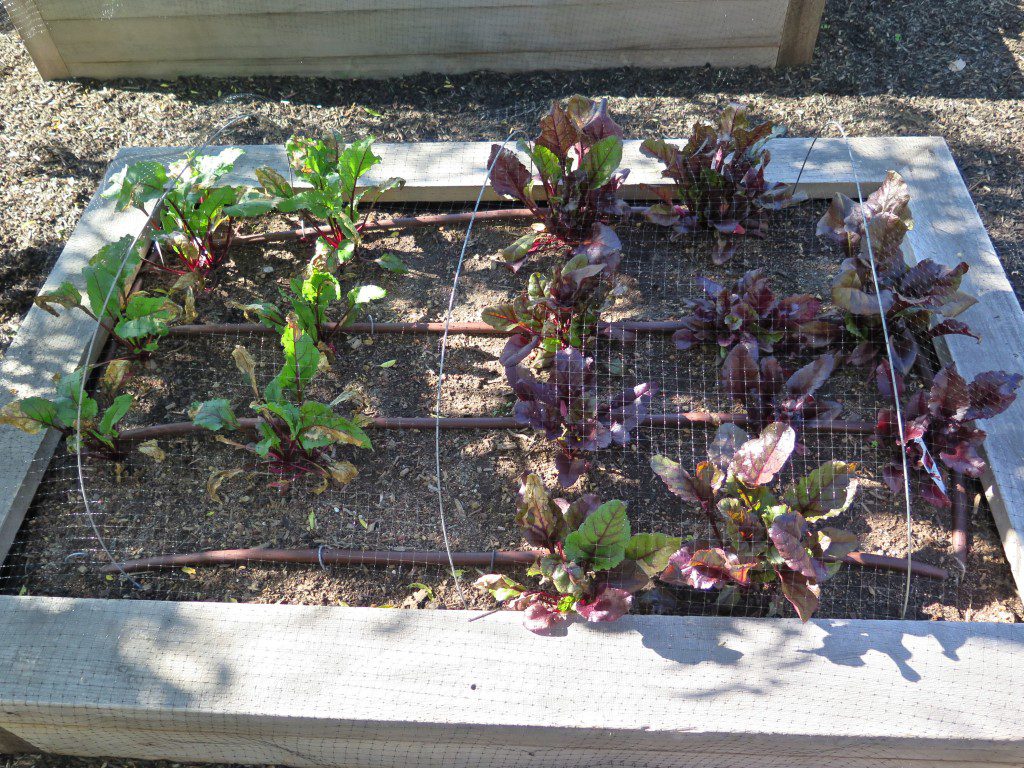

Box 4: Peppers and Radishes. I had extra space this year and decided to add more peppers and create a space for my continual radish seed planting. I planted 4 peppers in this box – jalapeno and serrano chili for our gardeners – and two new (to me) varieties from Forni-Brown – Lido and Flamingo, both sweet red peppers. Peppers are super simple to grow in boxes. All they need is sun and water. What I’ve learned over the past couple of years is to give them space to grow. In my zealousness to plant vegetables, I’ve over-bought and over-planted in the past. Now I realize that less is more.
I plant radish seeds from March through October. They are the most satisfying vegetable to grow. I create four rows, drop individual seeds in the rows, about 5″ apart and in a week I have greens showing up (less than a week in the summer months). I can harvest within the month. As soon as I harvest, I plant new ones. This is why I like to have two boxes so I can have radishes coming online at different times. My favorite radishes are French Breakfast.
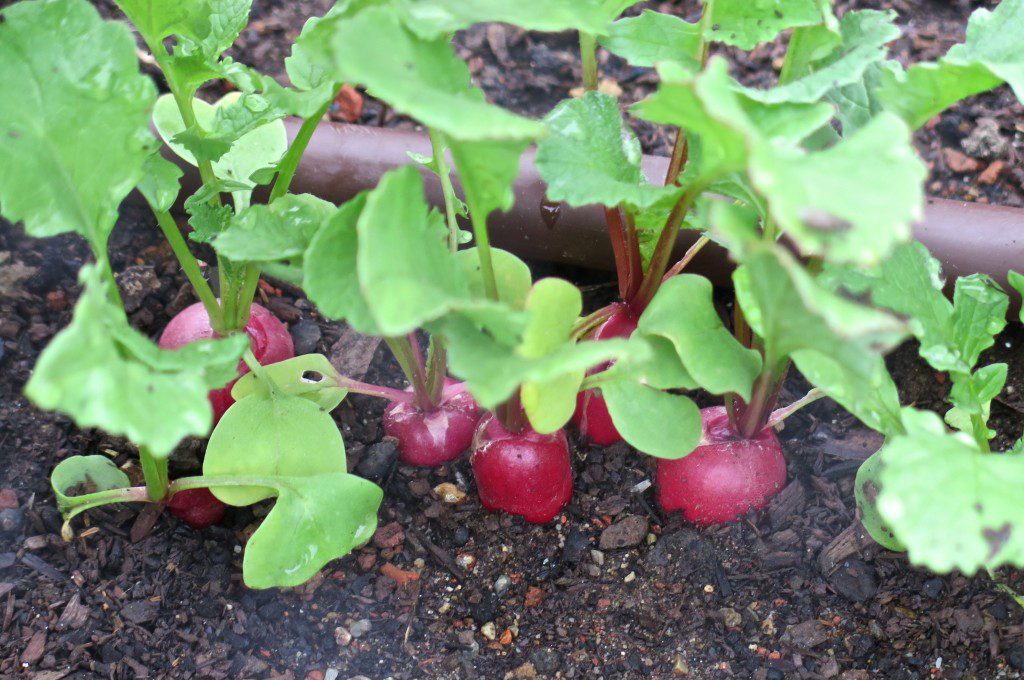

Box 5: Broccoli and Radishes. In February, I planted my broccoli and the edible flowers are just now starting to show up. I went with the same variety as last year – Marathon. You just need to be patient with broccoli as it takes awhile to produce. In addition to the broccoli in this bed, I carved out overflow space for radishes.
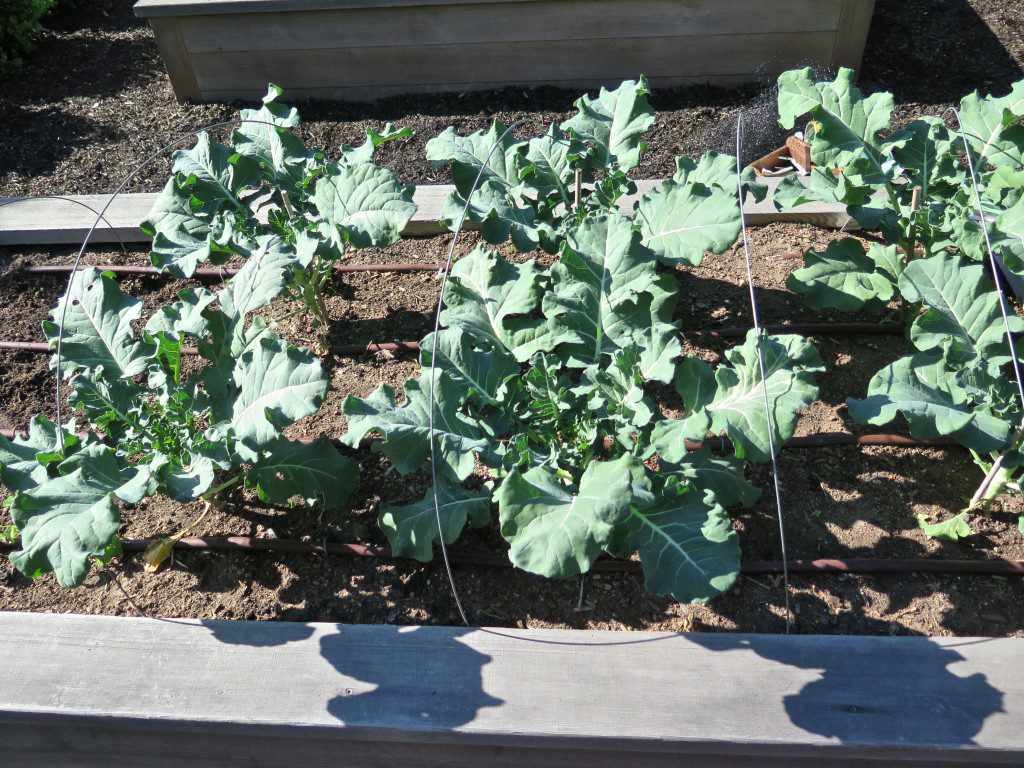

Boxes 6 and 7: Tomatoes and Basil. Choosing tomatoes are my favorite choice of the season. There are so many choices and I limit myself to a total number of plants to 6. That provides PLENTY of tomatoes for our consumption during summer and fall months. This year, I planted Sweet 100s, Brandywine, San Marzano (like a Roma, for sauces), Black Cherry, Gold Medal (my favorite from last year) and a new one called Mandarin.
I’ve finally learned to use a TALL trellis to house and support my tomato plants. I found these terrific rusted iron 9′ 6″ obelisks that are perfect for the job – and they look great.
A friend mentioned to me that planting basil and tomatoes together – as companion plants – is beneficial. After checking this idea out online, I found a lot of evidence to support this, and an interesting article, “Does Growing Tomatoes With Basil Make the Tomatoes Sweeter?” in SF Gate. In summary, planting basil with tomatoes 1) may make tomatoes taste sweeter and 2) will increase tomato yield because basil repels may of the pests that can attack tomato plants, thereby protecting tomato plants. So I planted the two together this year.
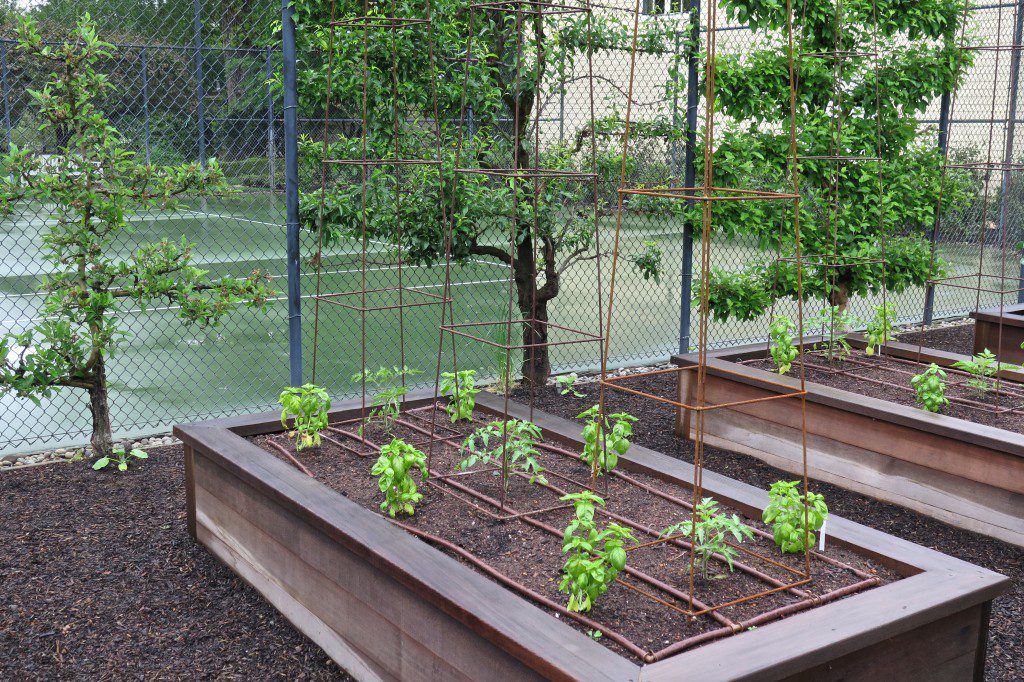

Box 8: Eggplant. I planted two varieties this year – Shoya Long, a Japanese variety which is great for tempera and stir fry, and Black Beauty, a classic bulbous eggplant which is great for stuffing. Out of the 8 starters I planted, 6 are Shoya Long, my favorite.
This year, I put 4 side-by-side 4′ trellises down the middle of the box so that every 2 plants can share a trellis, which is definitely needed once the plants start producing.
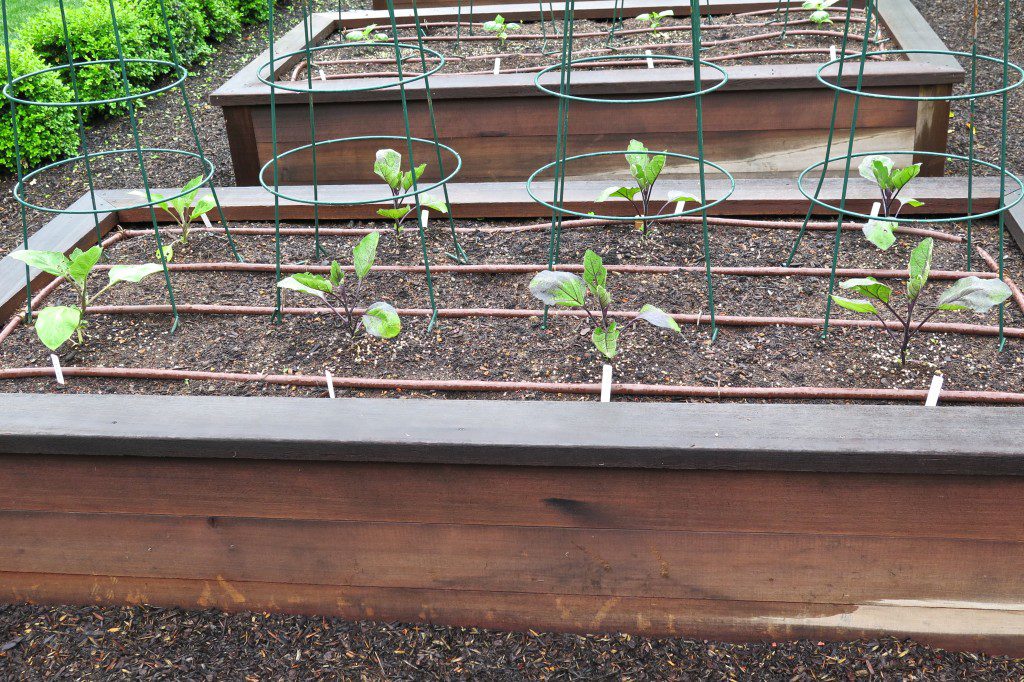

Box 9: Cucumber. I planted two varieties of cucumbers again this year – the same favorite varieties. Two Persian cucumbers and two Tsuya or Tsuyataro cucumbers. Both are incredibly sweet with thin, smooth skin. They are delicious raw or in salads. As with my eggplant box, I put 4 side-by-side 4′ trellises down the middle of the box so that each plant has its own trellis. I could probably use taller trellises, which I may try next year. The adjustment I made this year is planting fewer cucumber plants in my box this year so I’d like to see how they do with more space.
Boxes 10 and 11: Bush Beans and Pole Beans. I plant all of my beans from seed, which requires a little bit of patience. What I’ve learned to do is to plant more seeds than I need so I’ll definitely have enough plants for the summer. I’ve discovered the hard way that snails will nibble on the starts and kill them before they mature and then you have to start over, losing precious growing time. So now I will plant 15 seeds for the 6 that I need and then sprinkle the area with Sluggo to deter snails. Then, once they are mature I transplant them into position relative to their trellises.
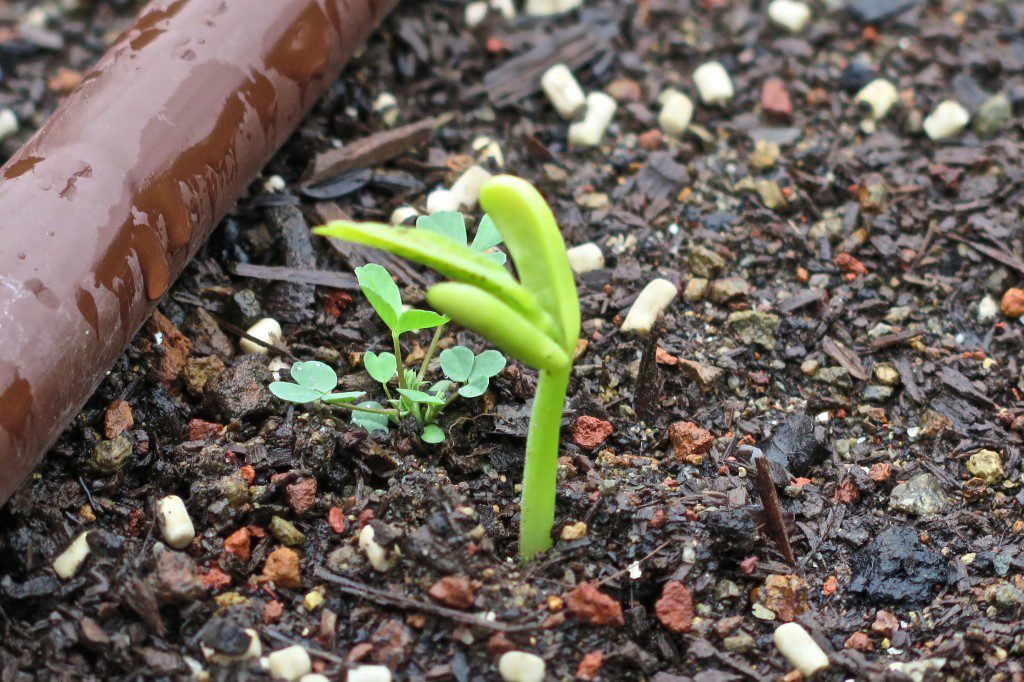

For my pole beans, I’ve devised two sets of trellises that are 8′ tall and I lean each pair into each other forming an upside down ‘V’. In my 4′ x 8′ box, I plant a total of 6 pole bean plants – 3 on each side of the trellises on the outside of the trellis.
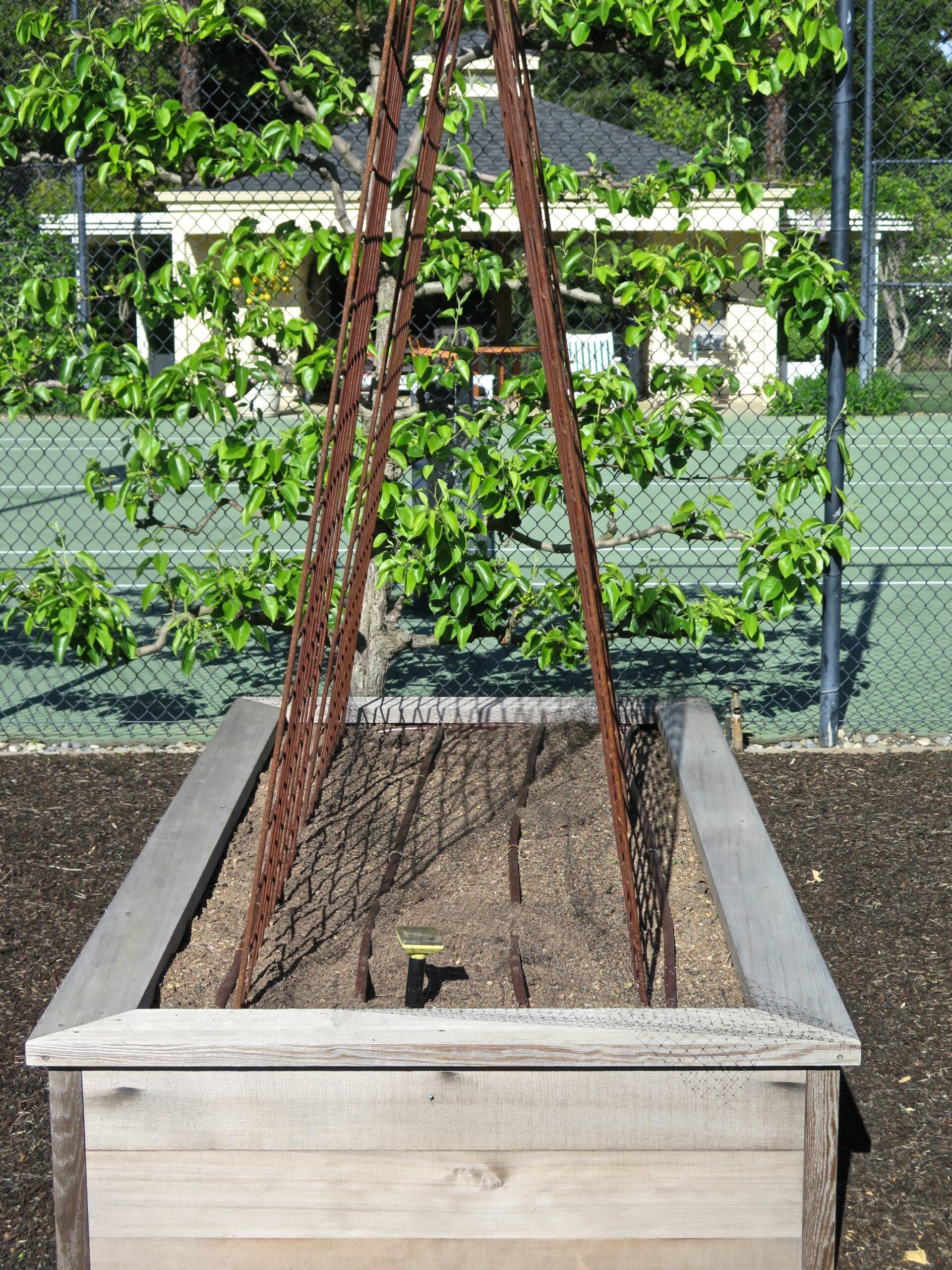

For my bush beans, I place 4 side-by-side 4′ trellises down the middle of the box so that two plants share a trellis – just as I do with my eggplants and cucumbers. Last year I provided a trellis for each plant, but I’m experimenting with shared trellises this year, to see if they work.
Varieties? I planted Kentucky Blue and Blue Lake as my pole beans. For my bush beans, I planted my husband’s favorite, haricot verts. All do really well in the Napa Valley and are delicious.
Box 12: Peppers. This box was reserved for my favorite peppers – padrons and shishitos. I love making blistered padrons and shishitos all summer long. Check out my recipe. After much experimentation, I decided to plant a total of 8 plants, as opposed to the 10 I traditionally put in my box. I’m curious to see the difference with more space per plant. I don’t trellis my peppers, but will put some bamboo supports on the stems as the plants get larger.
Box 13: Squash. I’ve tried all kinds of squashes but at the end of the day, I LOVE zucchini, so this year I planted 3 varieties of zuichini plants: Ambassador, Dark Green and Gold Rush. The latter variety was recommended by the folks at Forni-Brown. I’m going to figure out which one is my favorite or favorites after this growing season. The main thing with planting zuichini is ALLOW ROOM, so I only put 3 plants in my box.
Box 14: Peas. I planted Snap Peas last February and they are growing beautifully today. I placed three 4′ trellises in the vegetable box down the center and planted one plant at each of the four corners, for a total of 12 plants. I liberally sprinkle Sluggo around my pea starters to keep the snails away until the starters are established.
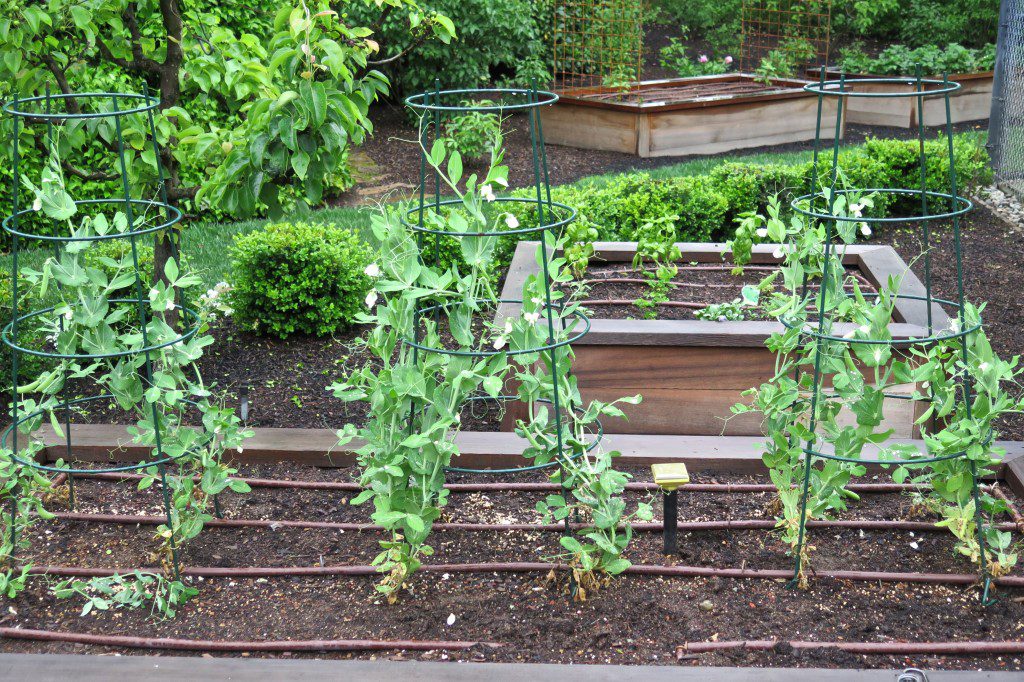

Box 15: Herbs. This year I chose my smaller box for herbs, as I really didn’t need to dedicate an entire 4′ x 8′ box to herbs. I chose all of the usual suspects: Italian and curly parsley, thyme, marjoram, oregano, more basil and sage.
Box 16: Raspberries. For the first time, I am planting raspberries because who doesn’t love raspberries?!? I put three plants into my box and positioned two flat 4′ x 6′ trellises at either end of the box so I’ll be able to drape some sort of netting over them to protect my fruit from birds once the fruit starts arriving.
Box 17: Strawberries. I keep strawberries all year long and never need to replant them. I did plant new strawberries when I installed my new boxes a couple of years ago, but they should last a long time. So, they’re already going strong. I don’t remember what variety I originally put in my box. It’s recommended to put black plastic over the dirt in between the plants, to provide all of the benefits of mulch as well as weed control, good insulation and longevity. I probably need to do this.
My last fun vegetable I planted is butternut squash at the base of my espaliered fruit trees along the tennis court. They will create a carpet of greenery and squashes during the summer. I LOVE butternut squash!
And that concludes my 2016 vegetable planting. Now comes the fun part – watching it grow and cultivating my crop… What will you plant this year?

